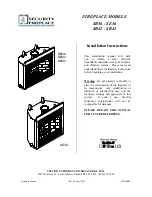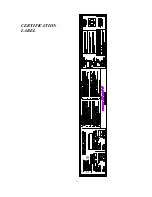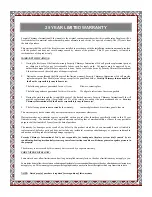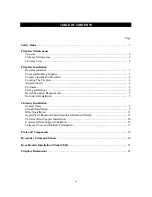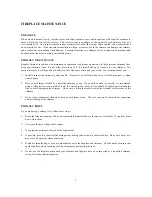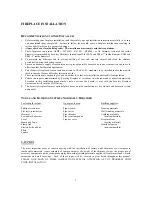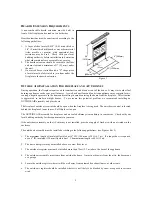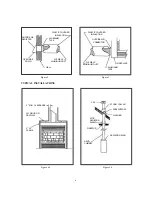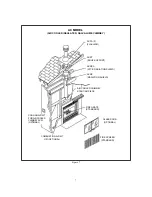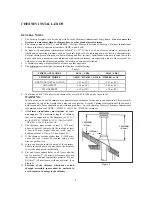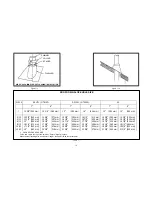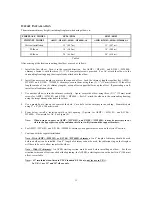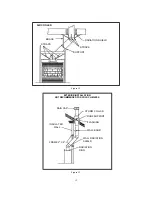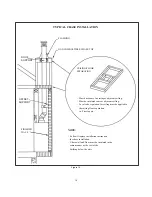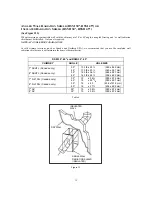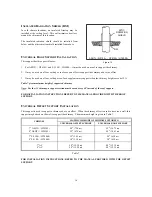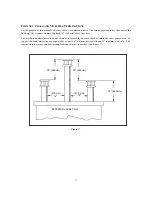
2
FIREPLACE MAINTENANCE
C
REOSOTE
When wood is burned slowly, it produces tar and other organic vapors which combine with expelled moisture to
form a black deposit called creosote. The creosote vapors condense in the relatively cool chimney flue of a
slow-burning fire. As a result, creosote residue accumulates on the flue lining. When ignited, this creosote makes
an extremely hot fire. If the creosote accumulation is large, a creosote fire in the chimney can damage the chimney
and overheat the surrounding wood framing. Creosote formation in a chimney can be minimized by making small
hot fires rather than slow-burning, smouldering fires.
C
HIMNEY
M
AINTENANCE
Regular chimney inspection and maintenance combined with proper operation will help prevent chimney fires.
Keep your chimney clean. Do not allow more than 1/16" (1.6 mm) build up of creosote in your chimney. The
amount of creosote will depend on variables such as frequency of use and type of fire. We recommend that you:
1.
Initially inspect the chimney system weekly. From this you will learn how often it will be necessary to clean
your chimney.
2.
Have your chimney cleaned by a qualified chimney sweep. If you wish to clean it yourself, we recommend
using a stiff plastic or non-metallic brush. If a metal brush is used, its' size should be slightly smaller than the
flue to avoid damaging the chimney. Do not use a brush that could scratch the stainless steel interior of the
chimney.
3.
Do not expect chemical cleaners to keep your chimney clean. The rain cap can be removed for inspection
and/or cleaning of the chimney.
C
HIMNEY
F
IRES
If you are having a chimney fire, follow these steps:
1.
Block the fireplace opening with a non-combustible material such as asbestos or a steel sheet. If you have glass
doors, close them.
2.
Alert your family of the possible danger.
3.
If you require assistance, alert your fire department.
4.
If possible, use a dry chemical fire extinguisher, baking soda or sand to control the fire. Do not use water as it
may cause a dangerous steam explosion.
5.
Watch for smouldering or fire on combustibles next to the fireplace and chimney. Check outside to ensure that
sparks and hot embers coming out of the chimney are not igniting the roof.
6.
Do not use the fireplace again until your chimney and fireplace have been inspected by a qualified chimney
sweep or fire department inspector.

